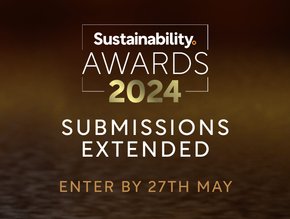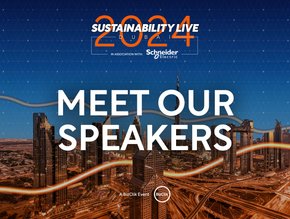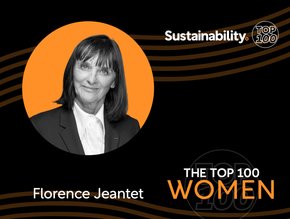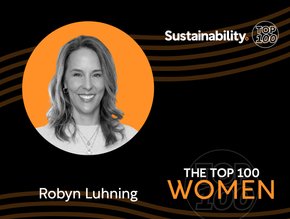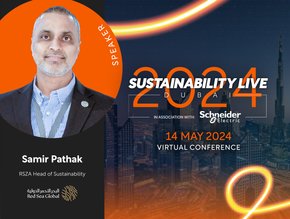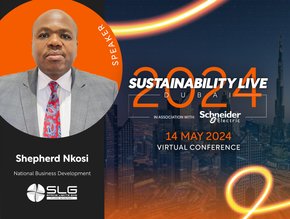What makes a circular economy circular, rather than green?

There are levels to understanding the circular economy and circular business models, which all require some level of understanding.
The circular economy is a new economic functionality informed by circular business models: rather than a system in which resources are mined, made into products, and then become waste, the circular economy increases product lifetimes and reuses raw materials, giving new leases of life.
The US 2020 Save Our Seas 2.0 Act refers to the circular economy as a model (paraphrase) “that uses a systems-focused approach and involves industrial processes and economic activities that are restorative or regenerative by design, enabling resources used in such processes and activities to maintain their highest value for as long as possible, and aim for the elimination of waste.”
A circular economy approach emphasises reducing the lifecycle impacts of materials, reducing the use of harmful materials, and decoupling materials use from economic growth. But it goes beyond recycling.
What is the circular economy and circular business models?
The World Economic Forum explains that, in a properly built circular economy, one should instead focus on avoiding the recycling stage at all costs — meaning that preventing waste is the key.
Recycling is the "end-of-pipe", while a circular economy goes upstream to address potential problems at earlier stages.
Products’ design stage - when the decisions around how they will be created are made - are where the vast majority of environmental effects originate. That means we have to ensure products and materials are designed for reuse, repaire, and remanufacture. This way, the amount of new material needed could be significantly reduced — by 80-98% for remanufacturing, 82-99% for comprehensive refurbishing, and 94-99% for repair.
A report by the World Circular Economy Forum titled Re-defining Value — The Manufacturing Revolution. Remanufacturing, Refurbishment, Repair and Direct Reuse in the Circular Economy estimates that adopting these measures could also reduce greenhouse gas emissions in some sectors by 79-99%.

What makes a circular economy different from a green economy?
While circularity contributes to a more sustainable world, not all sustainability initiatives contribute to circularity. Circularity focuses on resource cycles - sustainability, overall, relates more to people and the economy.
The green economy is something else entirely. It is defined by the United Nations Environmental Platform (UNEP) as an economy that results in increased wellbeing and social equality while significantly reducing environmental risks and ecological scarcity. It connects the production, distribution, and consumption of goods and services in hopes of better human and environmental wellbeing in the long term.
The definition of a green economy is perhaps closer to that of regenerative business practices, but extended to the entire economic framework and not a targeted snapshot of it. A circular economy can fit into a green one, but not the other way around.
UNEP’s exact description is that of a “low carbon, resource efficient and socially inclusive” economy - an optimised sustainable economy, of sorts.
Although it has a similar target to the circular economy, which is to avoid exposing future generations to significant environmental risks and the ecologic shortage, the green economy seeks economic growth that does not negatively impact people or the environment. Its fundamental target is the revolution of manufacturing systems and consumption habits.

